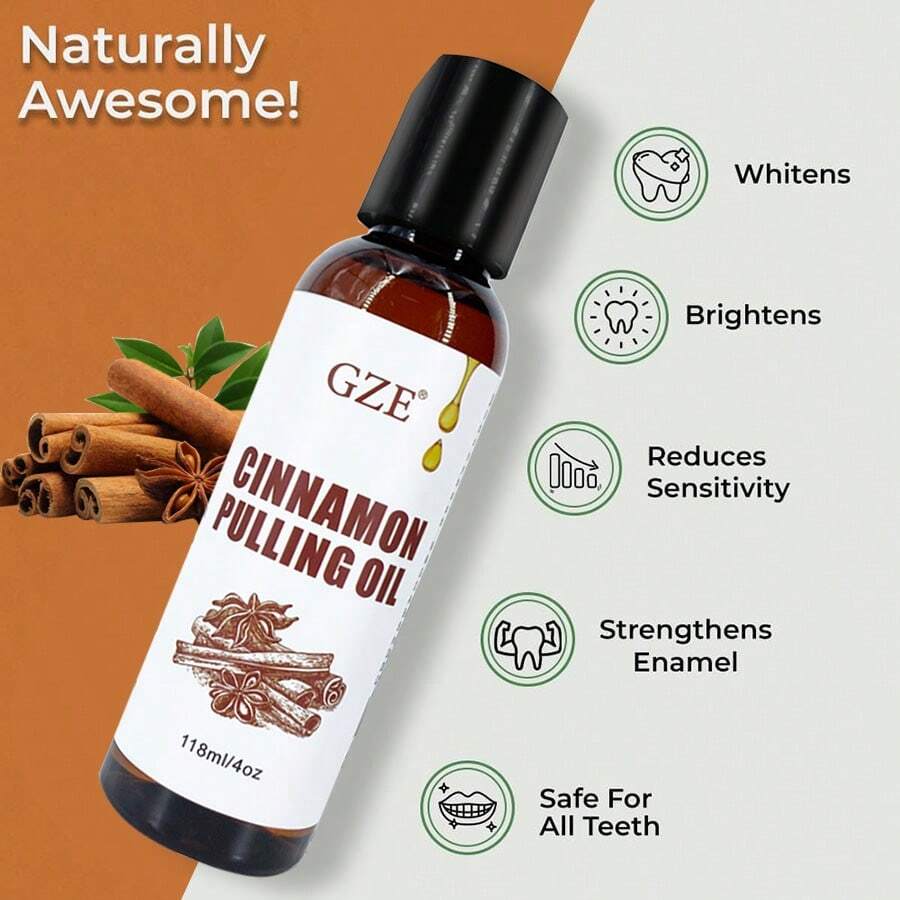Sesame Oil Pulling

Sesame oil pulling, an ancient Ayurvedic practice, has gained significant attention in recent years for its potential oral health benefits. This traditional technique involves swishing sesame oil around in the mouth to purportedly remove bacteria, reduce inflammation, and promote overall well-being. But does it live up to its promises, and what does the science say about this increasingly popular practice?
To understand the mechanism behind sesame oil pulling, it’s essential to delve into the world of oral microbiology. The human mouth is home to a complex ecosystem of microorganisms, with over 700 species of bacteria residing on our teeth, gums, and tongue. While some of these bacteria are harmless, others can contribute to the development of conditions like tooth decay, gingivitis, and periodontitis. Sesame oil pulling proponents claim that the practice can help disrupt the balance of these microorganisms, allowing the body to reboot and maintain a healthier oral environment.
One of the primary components of sesame oil is a compound called sesamin, which has been shown to possess antimicrobial properties. Studies have demonstrated that sesamin can inhibit the growth of certain bacteria, including Streptococcus mutans, a primary contributor to tooth decay. Additionally, sesame oil contains other beneficial compounds like vitamin E and fatty acids, which may help reduce inflammation and promote healing in the mouth.
Despite the promising findings, it’s crucial to approach sesame oil pulling with a critical eye. Many of the existing studies on the practice are small-scale and lack rigorous scientific methodology. Moreover, there is limited understanding of the long-term effects of sesame oil pulling, and some experts warn that excessive use could potentially lead to an imbalance of the oral microbiome.
To incorporate sesame oil pulling into your oral care routine effectively, it’s essential to follow proper guidelines. Start by using high-quality, organic sesame oil that is free of additives and chemicals. Take 1-2 tablespoons of the oil and swish it around in your mouth for 15-20 minutes, making sure to reach all areas, including the teeth, gums, and tongue. Do not gargle or swallow the oil, as it may contain bacteria and toxins that have been pulled out of the mouth. After the pulling process, spit out the oil and rinse your mouth with warm water.
It's also important to note that sesame oil pulling should not be used as a replacement for regular brushing and flossing. Instead, it can be a complementary practice to enhance your overall oral health.
In addition to its potential oral health benefits, sesame oil pulling has been linked to various other advantages, including reduced bad breath, whiter teeth, and even improved overall well-being. While these claims are largely anecdotal, some practitioners believe that the practice can help stimulate the lymphatic system, promoting the removal of toxins from the body.
To better understand the effects of sesame oil pulling, let’s examine a case study. A 30-year-old male, who had been experiencing recurring gum inflammation and bad breath, started incorporating sesame oil pulling into his daily routine. After six weeks of regular practice, he reported a significant reduction in inflammation and a fresher breath. While this individual result is promising, it’s essential to remember that more comprehensive studies are needed to confirm the efficacy of sesame oil pulling.
Getting Started with Sesame Oil Pulling:
- Choose a high-quality sesame oil that is organic and free of additives.
- Take 1-2 tablespoons of the oil and swish it around in your mouth for 15-20 minutes.
- Make sure to reach all areas of the mouth, including the teeth, gums, and tongue.
- Do not gargle or swallow the oil, as it may contain bacteria and toxins.
- After the pulling process, spit out the oil and rinse your mouth with warm water.
As with any alternative health practice, it’s essential to approach sesame oil pulling with a balanced perspective. While some people swear by its benefits, others may experience no noticeable effects or even adverse reactions. If you’re considering trying sesame oil pulling, consult with your dentist or healthcare provider to discuss the potential risks and benefits and determine whether it’s right for you.
In conclusion, sesame oil pulling is a practice that has garnered significant attention in recent years, with some proponents claiming it can help promote oral health and overall well-being. While the existing evidence is promising, more comprehensive studies are needed to fully understand the effects of this practice. As with any health-related practice, it’s essential to approach sesame oil pulling with a critical eye, weighing the potential benefits against the potential risks and consulting with a healthcare professional before incorporating it into your routine.
What is sesame oil pulling, and how does it work?
+Sesame oil pulling is an ancient Ayurvedic practice that involves swishing sesame oil around in the mouth to remove bacteria, reduce inflammation, and promote overall oral health. The oil is believed to pull out toxins and bacteria from the mouth, allowing the body to maintain a healthier oral environment.
What are the potential benefits of sesame oil pulling?
+The potential benefits of sesame oil pulling include reduced bad breath, whiter teeth, improved gum health, and even improved overall well-being. However, more comprehensive studies are needed to confirm the efficacy of this practice.
How do I incorporate sesame oil pulling into my oral care routine?
+To incorporate sesame oil pulling into your oral care routine, start by using high-quality, organic sesame oil. Take 1-2 tablespoons of the oil and swish it around in your mouth for 15-20 minutes, making sure to reach all areas, including the teeth, gums, and tongue. Do not gargle or swallow the oil, and spit it out after the pulling process. Rinse your mouth with warm water and continue with your regular brushing and flossing routine.



